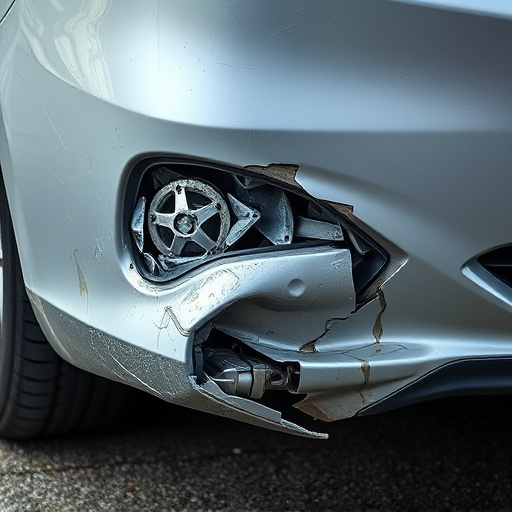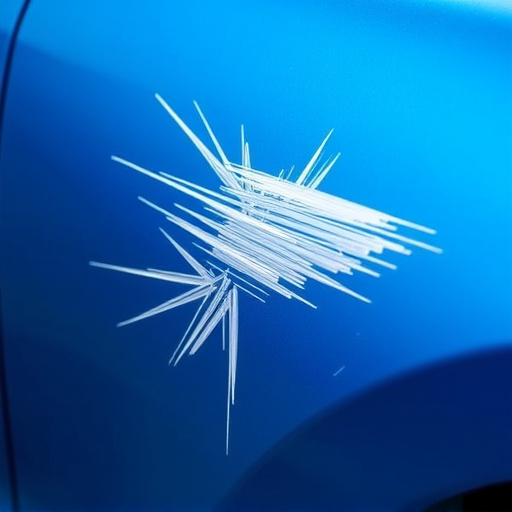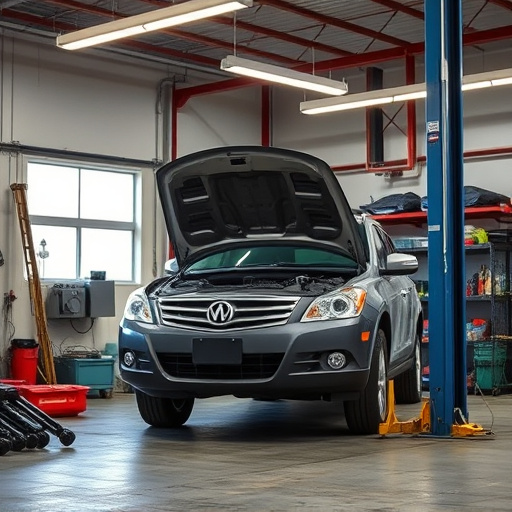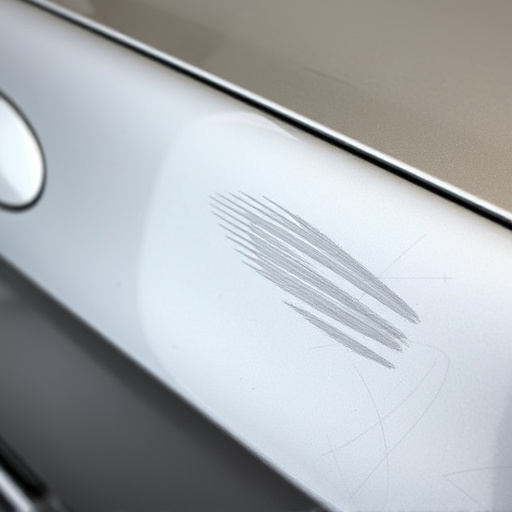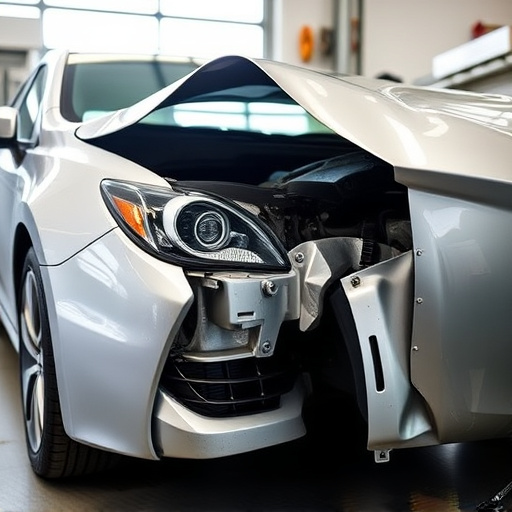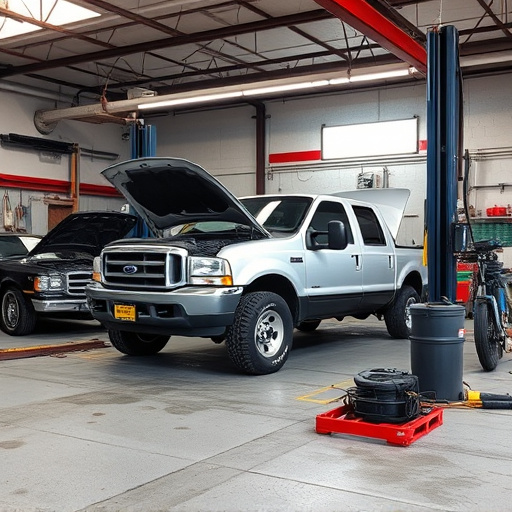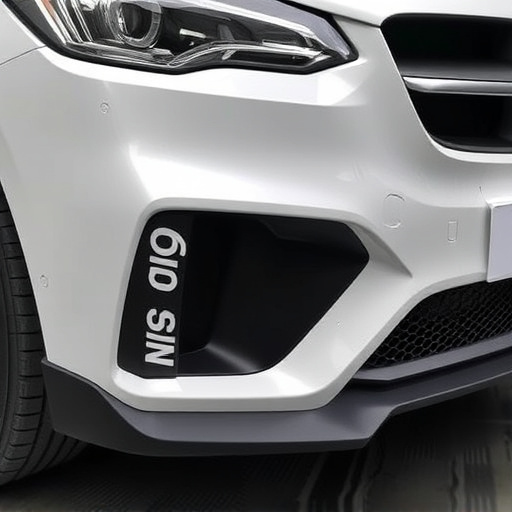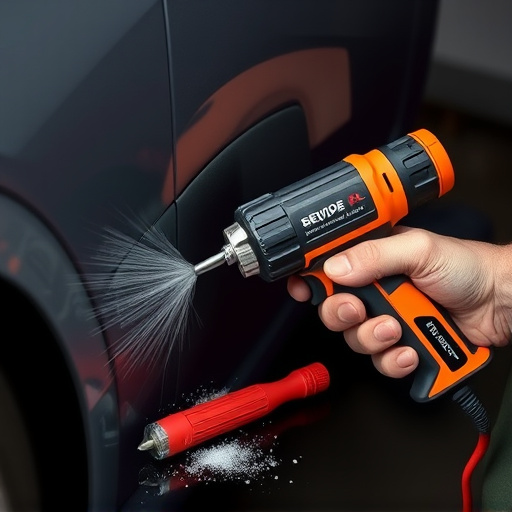Before AC system collision repair, prepare with essential tools and safety gear. Conduct a comprehensive visual inspection of all components for damage or misalignment. Thoroughly test the system post-collision, including advanced leak detection and temperature assessments. Ensure repairs meet high standards for optimal efficiency and seamless integration in classic cars or intricate autobody work.
After a collision, your vehicle’s air conditioning (AC) system needs meticulous attention during the repair process. This comprehensive inspection checklist guides you through every step, from preparing for the assessment to restoring peak cooling performance. Learn about essential tools and safety measures for pre-inspection preparation, techniques for visually inspecting AC unit damage, and methods for functional testing to ensure your vehicle’s climate control system is safe and effective following collision repair.
- Pre-Inspection Preparation: Tools and Safety Checks
- Comprehensive Visual Inspection: AC Unit Damage Assessment
- Functional Testing: Restoring Optimal Cooling Performance
Pre-Inspection Preparation: Tools and Safety Checks
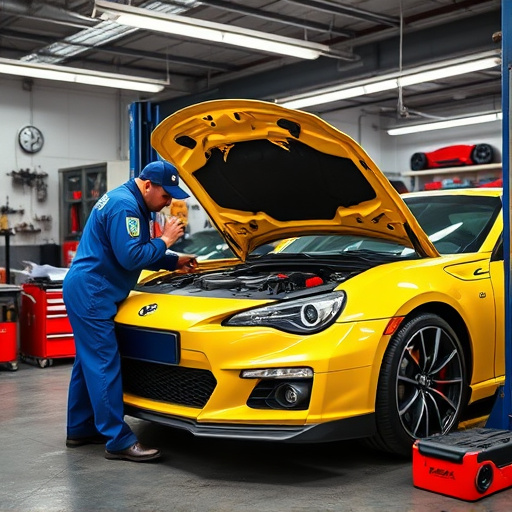
Before beginning a full inspection of an AC system following a collision, it’s crucial to prepare and ensure safety. The right tools are essential for accurate assessment, including a pressure gauge, vacuum pump, and a set of torx and socket wrenches tailored for automotive applications. These tools allow technicians to measure refrigerant levels, detect leaks, and access tight spaces within the AC system.
Safety checks are equally vital. This involves donning appropriate personal protective equipment (PPE), such as gloves and safety glasses, to prevent injury from sharp objects or hazardous chemicals. Verifying that the vehicle’s battery is secured and properly grounded also minimizes the risk of electrical shocks. A well-prepared workspace facilitates efficient and safe collision repair, be it for a Mercedes Benz repair or car damage repair in general.
Comprehensive Visual Inspection: AC Unit Damage Assessment

A comprehensive visual inspection is an essential step in assessing the health and functionality of an AC system following a vehicle collision. During this process, technicians meticulously examine every component of the AC unit, looking for signs of damage or misalignment. The AC compressor, condenser coils, evaporator core, and lines are all scrutinized to identify any leaks, corrosion, or structural integrity issues. This detailed assessment is crucial in determining if the AC system requires replacement parts or extensive repair work.
In automotive repair, especially after car bodywork collisions, it’s not just about fixing visible dents and cracks. The AC system plays a vital role in passenger comfort, making this component an integral part of any vehicle collision repair process. By thoroughly inspecting and diagnosing the AC unit’s damage, technicians can ensure that the system operates efficiently post-repair, providing a comfortable driving environment for folks.
Functional Testing: Restoring Optimal Cooling Performance
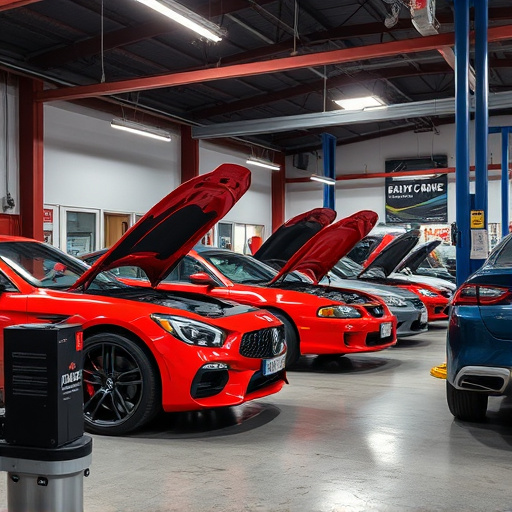
After a collision, ensuring the AC system’s functionality is critical to restore optimal cooling performance and provide comfort for vehicle occupants. Functional testing should be comprehensive, encompassing both visual inspections and operational assessments. Technicians must check for any signs of damage or leaks within the AC components, including the compressor, condenser, and evaporator coils. Visual inspection alone may not suffice; pressure tests and leak detection solutions can uncover subtle issues that might go unnoticed otherwise.
During testing, it’s essential to verify the system’s cooling capacity by measuring temperatures at various points across the unit. This involves comparing the performance against manufacturer specifications. If the AC system has sustained damage, repair or replacement parts should meet the highest standards, aligning with the original equipment to ensure seamless integration and maximize efficiency. For classic car restoration or intricate autobody repairs, meticulous attention to detail is paramount to revive the cooling system’s effectiveness while preserving the vehicle’s overall integrity and historical value.
A thorough post-collision inspection of an AC system is essential for ensuring safe and efficient vehicle operation. By following a structured checklist, collision repair specialists can systematically assess damage, perform visual inspections, and conduct functional testing to restore optimal cooling performance. Implementing these steps in the AC system collision repair process guarantees not only the safety of drivers but also enhances customer satisfaction through effective and reliable repairs.

